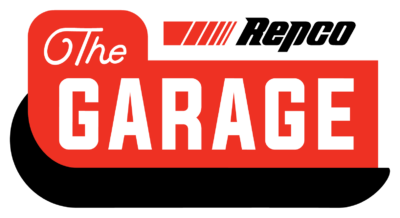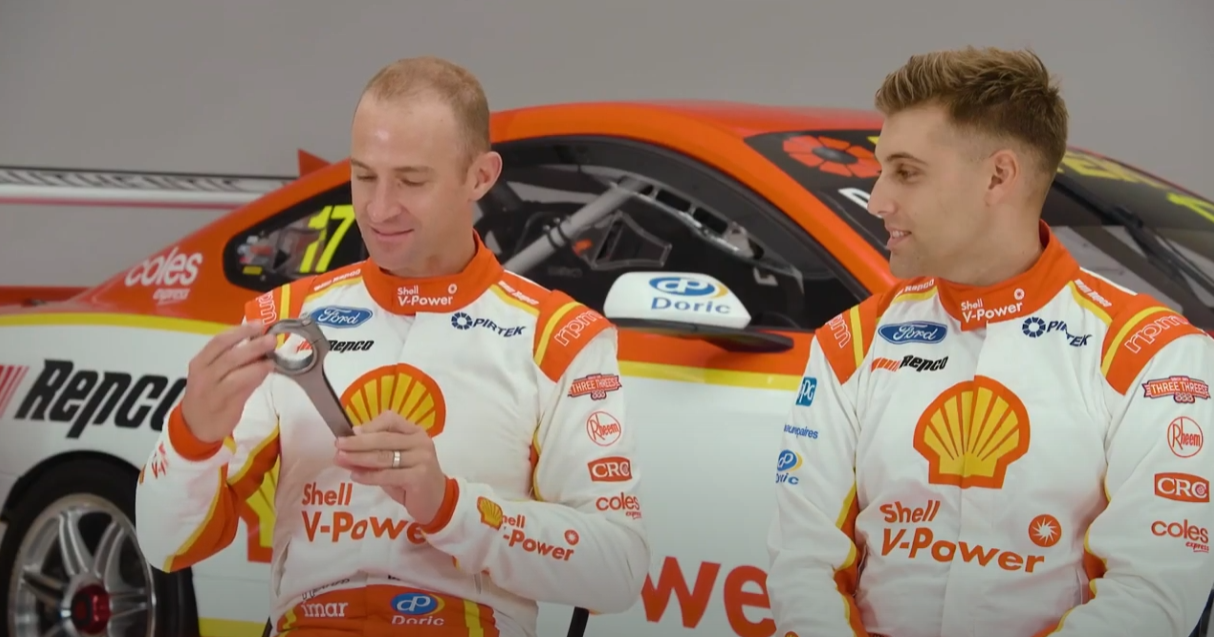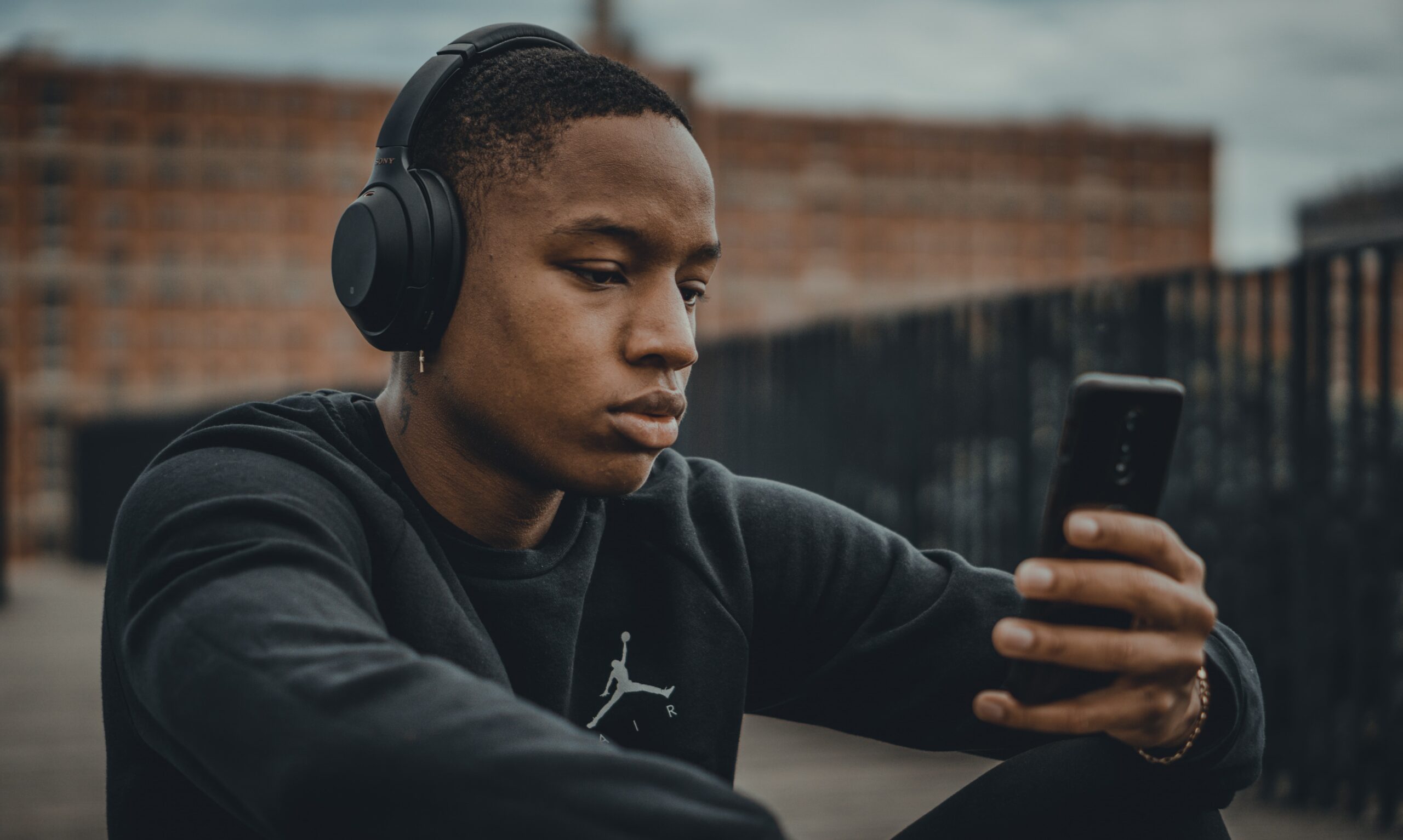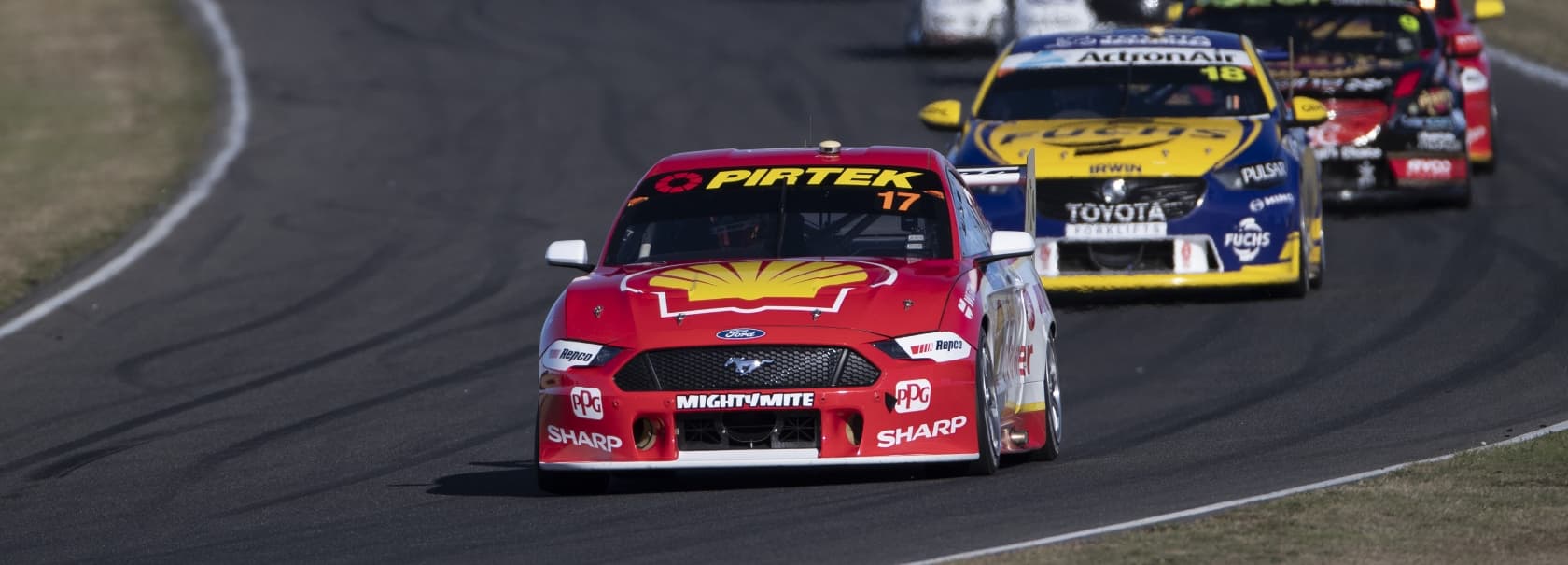Adelaide was the scene of the Holden factory team finally achieving success in what was a quick rejuvenating after splitting from Peter Brock in 1987.
Tom Walkinshaw took on the big job of making the Holden Commodore competitive against the turbo Ford Sierra RS500 Cosworth and the nimble BMW M3.
While Walkinshaw’s team of designers, aerodynamicists, mechanics and engineers were put to work, while Larry Perkins completed a partial Australian Touring Car Championship program in the Brock-developed VL SS Group A.
Perkins finished a best of third at Sandown before the introduction of the Walkinshaw VL SS Group A SV at the 500km pre-Bathurst event at the same venue as Denny Hulme joined the local ace to finish second.
The Bathurst 1000 was one of the more controversial as protests from Walkinshaw against the local Sierras was matched by one back. In short, Walkinshaw wasn’t an entrant and had no right to submit a protest, while both Commodores retired from the race amid claims of illegal components being used in the steering.
Arriving in Adelaide for the traditional touring car support event, the Holdens were not much of a chance due to the constant development of Dick Johnson’s turbocharged Sierras after dominating the ATCC.
However, fuel pick up problems plagued both DJR entries of Johnson and John Bowe to open the way for Perkins to take victory ahead of Hulme for a Holden 1-2.
After the hard work of a tough season it was just reward for the team in what was Holden’s first victory of the season and it’s maiden win under the leadership of Walkinshaw.
It was the final Australian Grand Prix support event to just be a sole race as for 1989 two races were held after Formula 1 qualifying and the morning of the main show.
It was a memorable victory and one of the unlikeliest due to the deficit Holden had to the European makes now flooding the Australian touring car scene.
Perkins ended his association with Walkinshaw the next year and became one of the leading privateers for Holden during this period.





